The coffee culture of Costa Rica, the happiest country in the world.
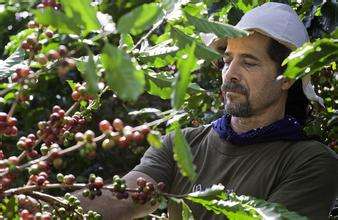
"my love for Costa Rica comes from warm people, beautiful scenery and, of course, amazing coffee."
Connie Blumhardt, publisher of Roast magazine
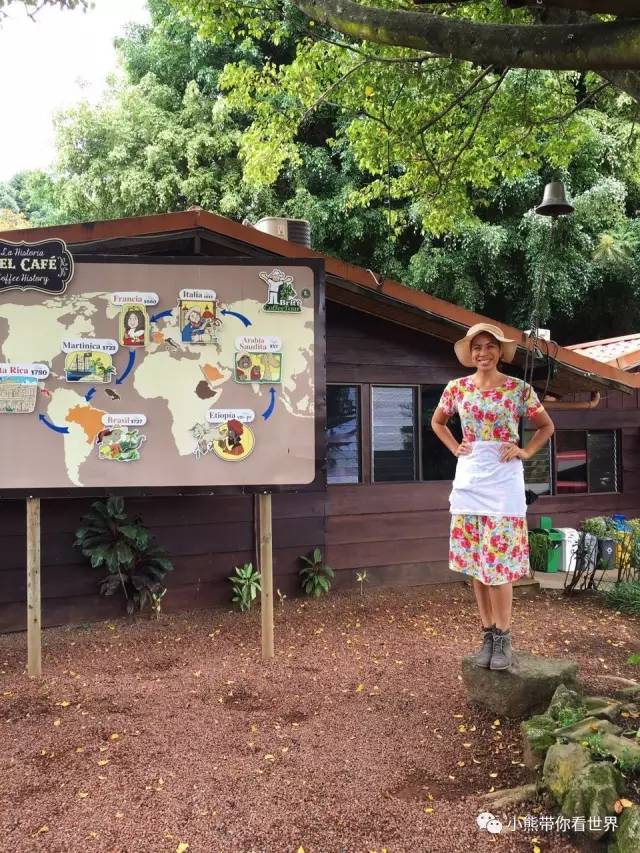
Costa Rica is called the happiest country in the world, with the laudatory name of "Latin Little Switzerland". It is the only country in Latin America that does not have an army, and of course it has to mention Costa Rica's pillar industry, the coffee industry. Coffee was introduced into Costa Rica from Cuba in 1729. Today, the coffee manufacturing industry in Costa Rica has become one of the most perfect countries in the world. It is said that before the currency was not unified, each coffee farm made a small bronze medal with its own Logo as a currency. Of course, the larger the more famous the coffee farm, the more valuable their Logo will be.
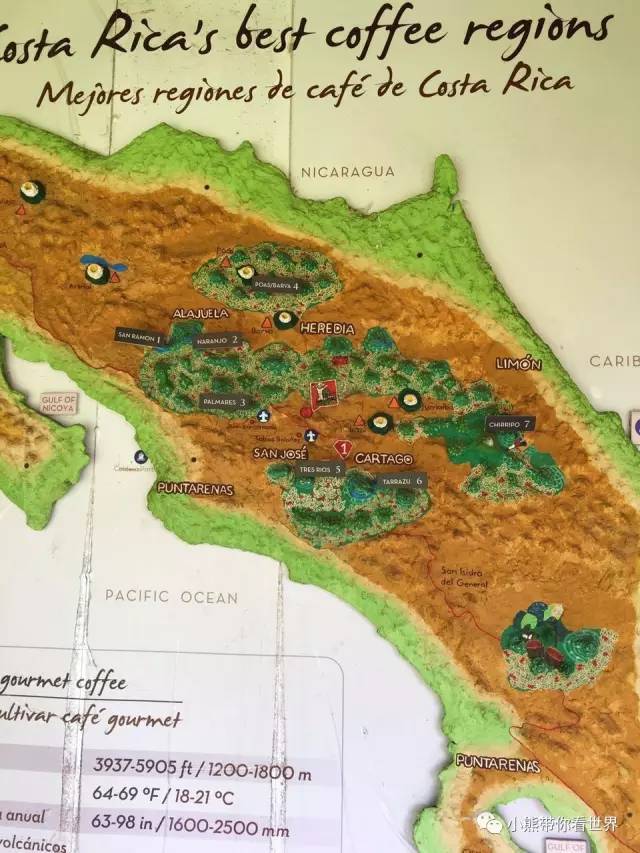
Costa Rica is located in the volcanic belt of low latitudes in Central America, with plateaus and mountains about 800 to 2000 meters above sea level. There are many excellent producing areas in Costa Rica, and the high-quality producing areas of Costa Rica have a common understanding of quality, that is, it requires the use of mature coffee fruits to ensure the production of high-quality coffee. Costa Rica has a deep coffee culture, superb coffee skills, and produces world-class high-quality coffee. Costa Rica is an excellent coffee producer, both in terms of its innate environmental advantages and its acquired efforts to produce quality coffee. Costa Rican SHG coffee is usually full of particles, clear flavor, bright acidity and ideal consistency. The strong flavor makes the tail rhyme reverberate in the throat for a long time, unforgettable.
The most famous coffee producing area in Costa Rica is Tarrazu Tarasu, located in the south of the country's capital SanJose, which is one of the most valued coffee growers in the country. LaMinitaTarrazu coffee is a local product, but the production is limited. It is grown on a piece of land called LaMinita, which is owned by the last three generations of the McAlpine family in the UK. High-quality Costa Rican coffee is called "extra hard beans". This kind of coffee grows above 1500 meters above sea level, and the higher the altitude, the higher the quality of the coffee, because altitude can increase the acidity of coffee beans, and the temperature difference between day and night at higher elevations is great. The trees will grow more slowly, and the coffee beans will taste stronger.
Other coffees worth mentioning are JuanVinas,PR, H.Tournon, Windmill,SHB, Montebello and SantaRosa. Fine coffee is generally grown in Heredia and the central canyon. In addition, another kind of coffee is Sarchi (Saatchi is one of the five towns that represent the Coffee Road in Gosgarica), which grows on the slopes of the PoasVolcano volcano, 53 kilometers from San Jose. Saatchi, founded in 1949, has a land area of 30770 hectares and grows sugar cane and coffee.
Costa Rican coffee beans are mainly Arabica coffee beans, which are treated by washing with bright style, mild acidity and excellent sweetness. The Costa Rican Coffee Association unifies the management of the national coffee industry and has specialized scientific research institutions to explore and improve the quality of local coffee.
The market for Costa Rican coffee:
Coffee exports account for 25% of Costa Rica's total exports. Costa Rica has also benefited from the establishment of the Central American Institute for Agricultural Research (TurrialbaoftheCentralAmericanAgriculturalResearchlnstitute, referred to as IAAC) in Tarasu, which is an important international research centre.
Costa Rica's coffee industry, originally controlled by the Costa Rican Coffee Industry Company (InstitutodelCafedeCostaRica, ICAFE), has been taken over by the official Coffee Committee (OficinadelCafe). Among the exported coffee, those products that are considered to be of substandard quality are colored with blue vegetable dyes and then transferred back to China for sale. Coffee consumed domestically (dyed blue or last dyed) accounts for about 10% of total production, and local per capita coffee consumption is twice that of Italy or the United States.
In addition, while Costa Rica has many advantages in growing coffee at higher elevations, the resulting additional transport costs must be taken into account, which is likely to make coffee production unprofitable. The coffee industry in Costa Rica has adopted new technologies to increase efficiency, including the use of "electric eyes" to select beans and identify coffee beans of irregular size.
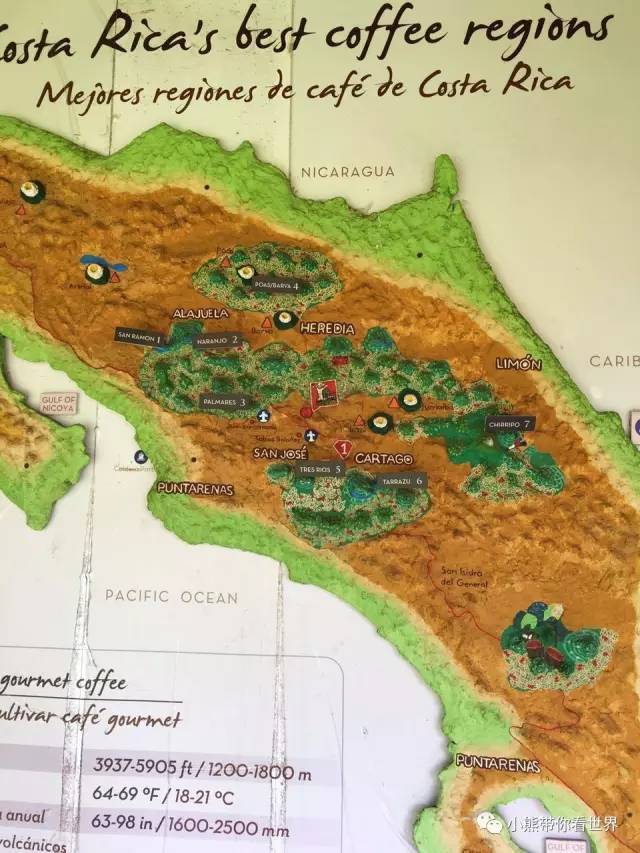
Important Notice :
前街咖啡 FrontStreet Coffee has moved to new addredd:
FrontStreet Coffee Address: 315,Donghua East Road,GuangZhou
Tel:020 38364473
- Prev

Coffee etiquette full solution-how to elegantly drink (zhuang) coffee (ge) coffee (bi)
We all know that the last course of a western meal is coffee or tea. In addition, there are many occasions when Westerners may need to drink coffee together when dealing with each other. The following is a study abroad network for everyone to collect collated drinking coffee etiquette, I hope you like! Drink coffee etiquette drink coffee steps first step, smell the fragrance, taste the original aroma of coffee that comes from the nose;
- Next
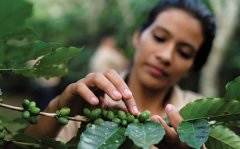
Proud son in troubled times | Coffee culture in Honduras
Outstanding Central American origin, the two brands are located on both sides of the mountains, showing a completely different style. El Cielito's Csar Fernandezs coffee has aromas of red berries, raisins and apricots, while San Luis Plane's Mariano Mejas coffee is more like green tea, red currants and hazelnuts. Cafe Grumpy Coffee Purchasing Cheryl Ki
Related
- How did the Salvadoran coffee industry develop in Central America?
- What exactly does the golden cup extraction of coffee mean?
- The Origin of Coffee flower
- [2023 Starbucks World Earth Day] there are more meaningful things besides free Starbucks coffee!
- What kind of coffee is there in Spain? 9 Flavors of Spanish Coffee
- Aromatic African coffee| Kenya's coffee culture and historical production area
- Liberica Coffee Bean knowledge: the characteristics of Liberian Coffee beans of the three original species of Coffee beans
- The origin and formula of Spanish latte introduces the taste characteristics of Bombon coffee in Valencia, Spain.
- How to adjust the solution of over-extracted coffee
- What is the tasting period of coffee beans? What is the period of coffee and beans? How should coffee wake up and raise beans?

